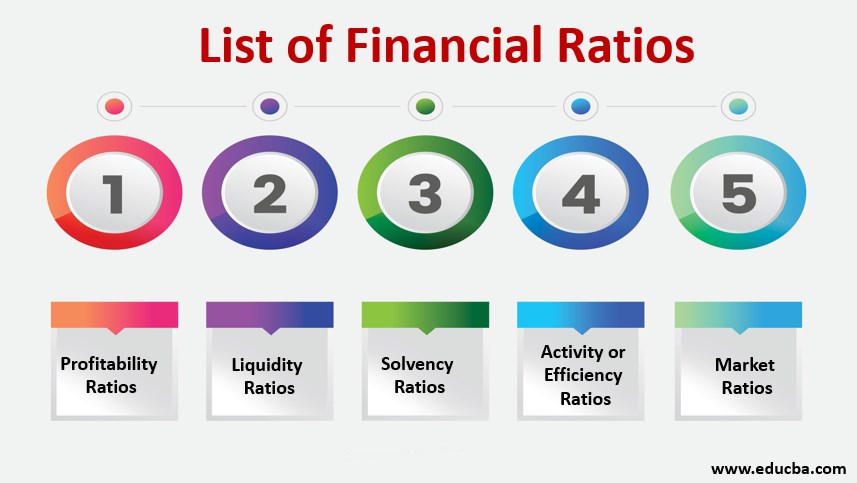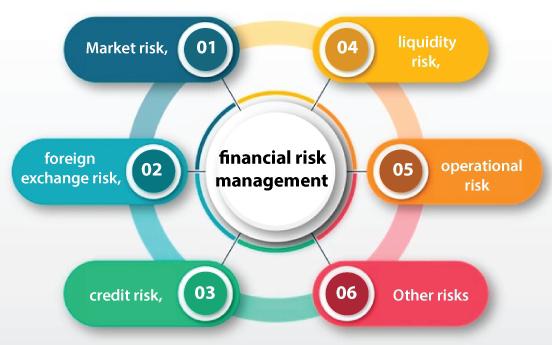New Forex traders must have the potential to build a strong foundation for their success and growth in the dynamic currency market. Without understanding the forex trading landscape in detail, no novice trader can take even a single step forward.
Intending to begin your career as a forex trader—whether it’s full-time or part-time? Here are the five crucial things that you must know about forex trading before starting out. Let’s continue to read on…
1. Currency Pairs
In the forex trading realm, currencies are quoted in pairs. Be aware that each pair consists of a base currency and a quote currency. Let’s understand this way: In the EUR/USD pair, the base currency is the EURO and the quoted currency is the US Dollar.
Take enough time to understand how these pairs work. Pay attention to factors that affect their value. Based on economic indicators, geopolitical events, and market sentiment, movements in one currency can affect its pair.
2. Leverage
Forex trading often involves the utilisation of leverage. That’s what allows traders to control larger positions with a smaller amount of capital.
As the leverage can amplify, so can the risk of substantial loss. As a new trader, it is essential to understand your broker’s leverage offerings. Further, determine a level that best aligns with your risk tolerance.
Additionally, learning and implementing sensible risk management strategies, such as stop-loss orders, can help you protect capital against significant losses.
3. Market Hours and Liquidity
The foreign exchange (forex) market operates 24 hours a day, 5 days a week. It’s divided into major trading sessions:
- The Asian,
- The European, and
- The North American sessions.
Each session has varying liquidity levels, influencing price movements. Another must-know thing is high liquidity, which typically occurs during the overlap of sessions. This overlap allows tighter spreads and more accurate execution prices.
Once you know the forex market hours and when the best time to trade is, you will have more opportunities to maximise profits.
4. Technical and Fundamental Analysis
Commonly, seasoned traders utilise two major forms of analysis: 1) technical analysis and 2) fundamental analysis.
Technical analysis is all about analysing price charts and using indicators to predict future movements. All of which is based on historical data.
On the other hand, fundamental analysis relies on economic indicators, interest rates, and news events, which can influence currency values.
If you’re about to start trading forex, remember that both approaches can be valuable. Conducting both analyses will help you find a balance that works for your trading style.
5. Emotional Discipline and Trading Psychology
Beyond the above, it’s crucial to maintain emotional discipline. Be mindful that the fast-paced nature of Forex trading can evoke strong emotions, leading to:
- impulsive decisions,
- overtrading, and
- deviations from one’s trading plan.
The wise stance is to develop a solid trading strategy and stick to it. As a new trader, continually educate yourself about the psychological aspects of trading.
Moreover, invest time in practising patience and discipline to navigate the inevitable highs and lows of the forex market.








